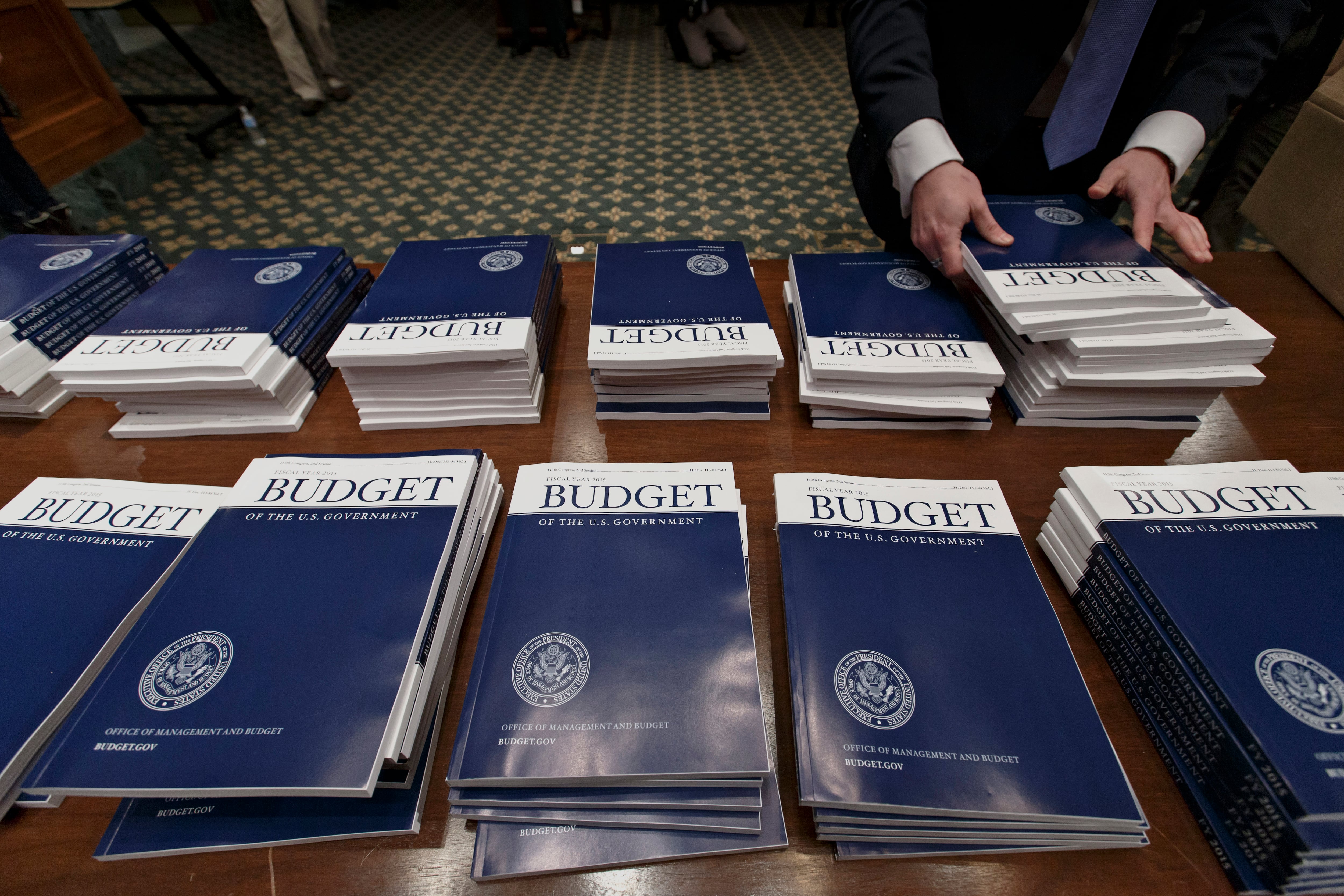The 2016 model year has plenty of workhorses, including new versions of the Toyota Tacoma and Nissan Titan pickups, Chevrolet Malibu and Kia Optima sedans, and the Honda Civic small car.
But it also has some sparkling show horses, including Ford's new supercar. Dodge is unleashing its fastest Viper ever, and Lamborghini has amped up the power in its Aventador.
Carmakers haven't completely forgotten about fuel economy. Many are using more aluminum and high-strength steel to drop weight. Toyota is introducing a new Prius hybrid and a hydrogen fuel cell car, the Mirai, which will be sold in California, and Hyundai is releasing a hybrid version of the Sonata sedan.
Here are some new or significantly refreshed cars and trucks coming in the 2016 model year, from some of the military's most popular brands:
CHEVROLET
Camaro: The classic Chevy muscle car slims down to fit on the frame of a Cadillac ATS small sports sedan. And it gets something that's almost unheard of in a muscle car: a standard four-cylinder engine. The sixth-generation Camaro loses 200 to 300 pounds over the 2015 model, and it's also shorter. And the new turbocharged 2-liter four is nothing to be embarrassed about. It puts out 275 horsepower, more than many V8s from years ago. But buyers also can choose a 335-horsepower V6 or 455-horsepower 6.2-liter V8 engine. The vehicle starts at $26,695, excluding shipping, and is due in showrooms in the fall.
Cruze: Chevy's now 5-year-old pedestrian-looking compact car is replaced with a more stylish, aerodynamic-looking sedan that's longer and 250 pounds lighter. GM engineers say the new Cruze addresses the faults of the old one, which had a noisy, underpowered engine, a cramped back seat and bland styling. Two older four-cylinder engines are replaced with a new 153-horsepower 1.4-liter turbo four. It's due in showrooms in the spring. A price hasn't been announced.
Malibu: The sleeker and lighter new Malibu midsize sedan has a wide stance and a coupelike look that's lower than the old version for better aerodynamics. A longer wheelbase creates more room inside the redesigned model, including 1.3 inches of additional rear-seat legroom. It comes standard with a new 1.5-liter turbocharged four-cylinder with 160 horsepower. GM says highway mileage will rise 1 mpg to 37. A gas-electric hybrid version gets an estimated 48 mpg in combined city and highway driving. Gasoline versions are available in December and hybrid in the spring. Pricing hasn't been announced.
Spark: The Korean-made inexpensive Chevy minicar gets revamped with a more powerful 1.4-liter four-cylinder engine with 98 horsepower, 14 more than the current model. It also looks more modern, with a lower roof line, jeweled headlamps and a rounded front end. You have the choice of a continuously variable transmission or five-speed manual. It has 10 air bags for safety. A price hasn't been announced. The vehicle is due in the fall.
Volt: Chevy's gas-electric hybrid gets sleeker looks and increased battery range in a redesign for 2016. The new Volt can go 53 miles on battery power before a new 1.5-liter four-cylinder engine kicks in to generate electricity and keep the car going. The current version goes only 38 miles on electricity. The new gas-powered generator also is more efficient than the current model. The more aerodynamic look comes at a price: Rear-seat headroom is shallow, as is legroom. The new Volt is due out in the fall, priced at $33,170 excluding shipping and a $7,500 federal tax credit for electric cars.
FORD
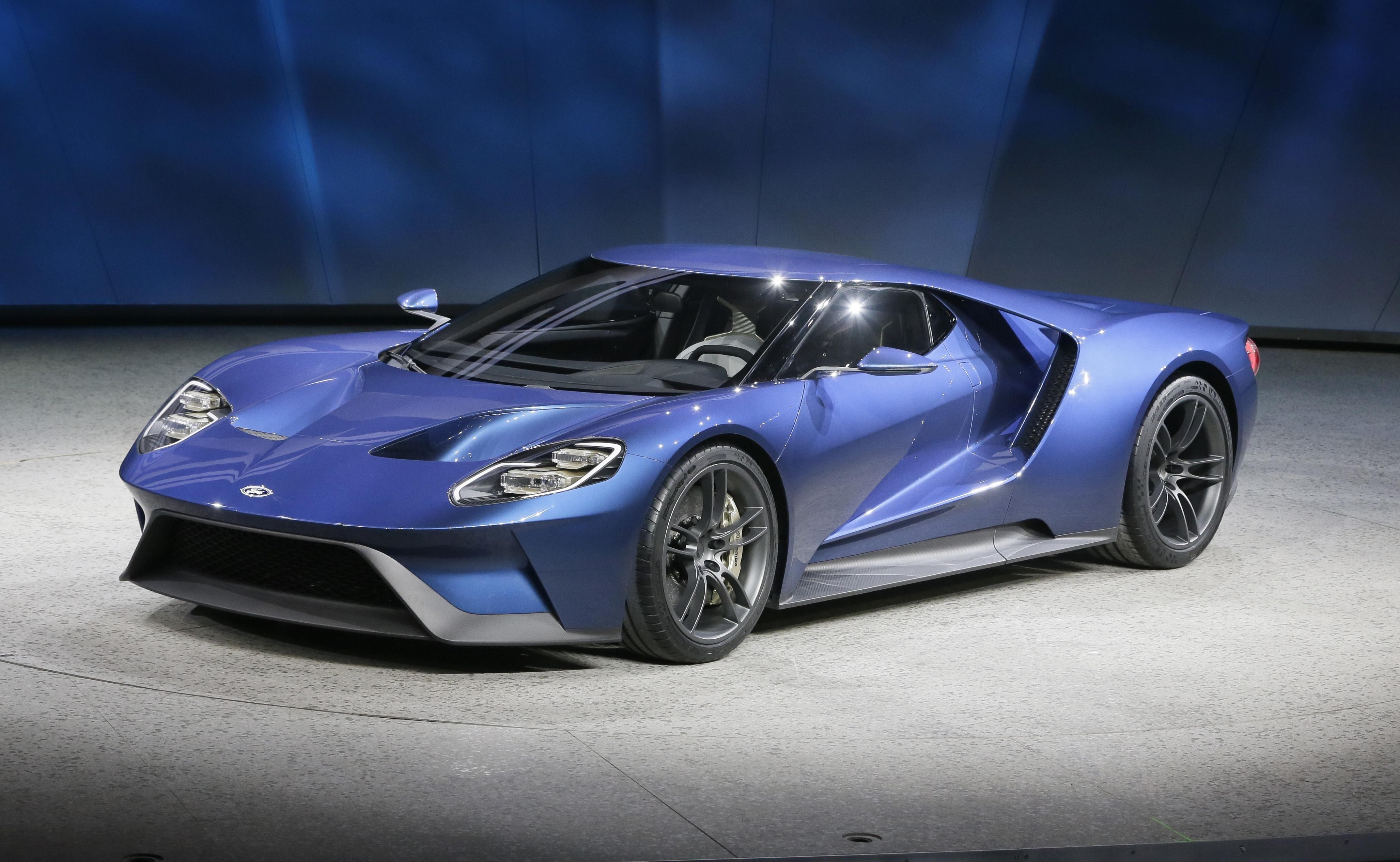
2016 Ford GT
Photo Credit: Carlos Osorio
GT:After a decade's absence, Ford's GT returns at the end of 2016. The chiseled supercar will get more than 600 horsepower with its mid-mounted, twin-turbocharged EcoBoost V6, which is mated to a seven-speed automatic transmission. It's Ford's most expensive vehicle ever, with a price tag around $400,000. The company plans to make just 250 GTs per year for the next several years.
Shelby GT350/GT350R: The GT350 is a performance version of the new Mustang, which went on sale last fall. It boasts a howling 5.2-liter V8 engine with 526 horsepower. The aluminum hood is lower and more sloped than on the regular Mustang, for better aerodynamics. The inside is spare; chrome and bright finishes were removed to prevent sun glare from distracting the driver. If the GT350 isn't enough, enthusiasts can check out the GT350R, a pure racing car that's 130 pounds lighter than the GT350 thanks to the removal of anything extra, including air conditioning, rear seats and even carpet. There are carbon fiber wheels and a big rear spoiler for even faster cornering. Production will be limited. The GT350 starts at $49,995, which includes $1,300 for a gas-guzzler tax, which applies to cars with combined fuel economy under 22.5 mpg. The GT350R starts at $63,495.
HONDA
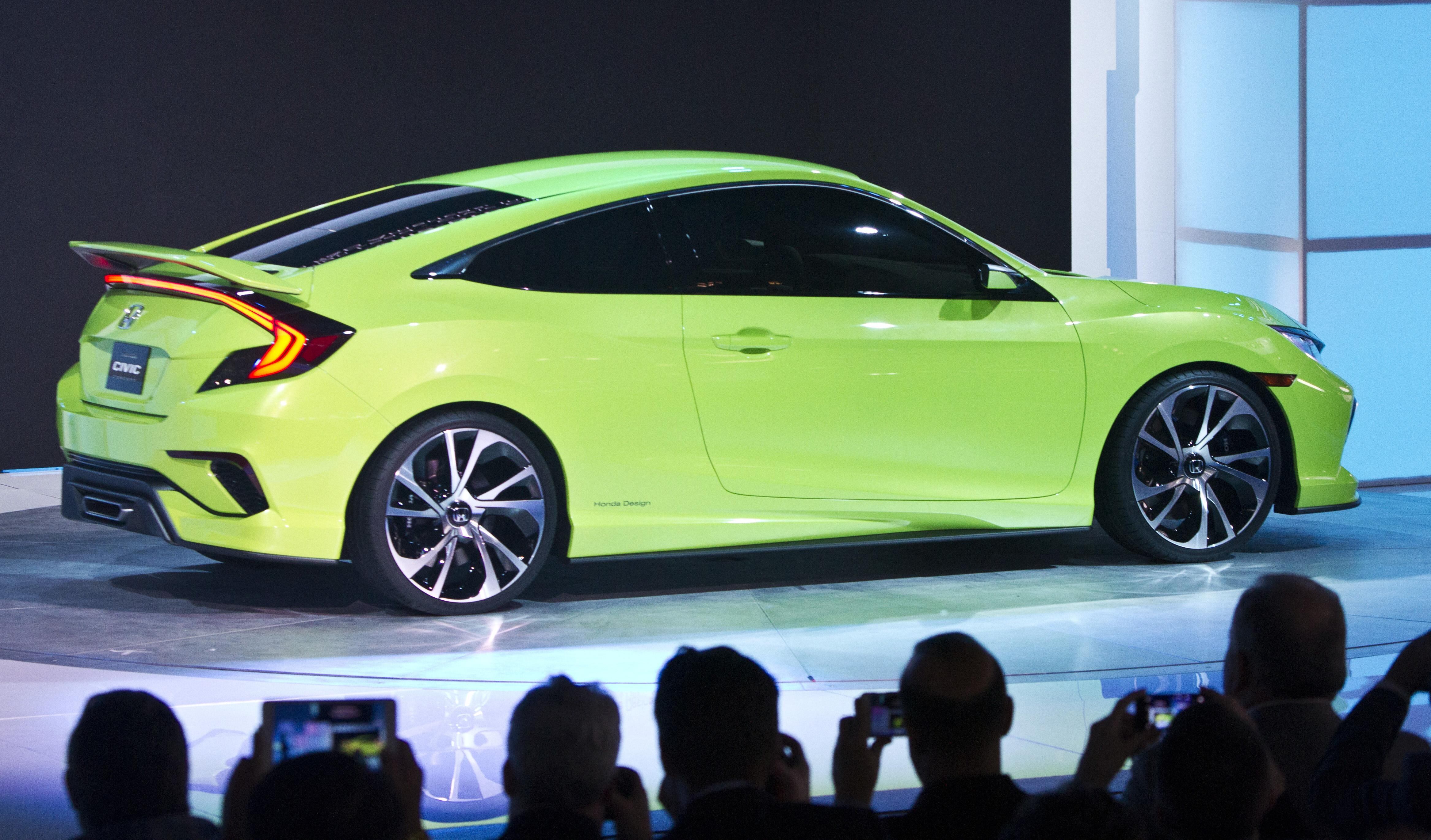
2016 Honda Civic concept car
Photo Credit: Associated Press photos
Civic:The current Civic compact car strayed from its roots with bland styling, a cheap interior and lackluster performance. An emergency refresh after a year on the market improved it, but still didn't offer much excitement. That should change with the 2016, or 10th generation, model. Honda claims it will be the sportiest Civic ever, and judging from the fastback look of the coupe, the company may be right. The new Civic gets two new engines: a normally aspirated direct-injected four-cylinder with an undisclosed size, and a 1.5-liter, direct-injection turbo four-cylinder. Specifications haven't been released. They're mated to a six-speed manual transmission or a continuously variable automatic. Sedan debuts this fall, while the coupe comes in winter. Prices haven't been released.
Pilot: Honda's biggest SUV gets re-engineered for 2016, shedding its worn-out boxy look for a more sculpted body that mimics its smaller cousin, the CR-V. It comes with a new 3.5-liter, direct-injected V6 with 280 horsepower, 30 more than the old version. It also gets two new automatic transmissions, either a six-speed or an optional nine-speed. The new power plant and transmission help the Pilot get up to 27 mpg on the highway, two more than the 2015 model. For those who want luxury, the Pilot also gets a new Elite grade with a panoramic roof and second-row captain's chairs. The vehicle went on sale in June and starts at $29,995 without shipping.
HYUNDAI
Sonata Hybrid: The gas-electric version of the Korean automaker's midsize car is new this year. The latest version gets a more powerful electric motor, a bigger battery pack and a revised transmission to boost fuel economy by about 10 percent. Car is powered mainly by a 2-liter direct-injected four-cylinder gas engine, with a more powerful 38-kilowatt electric motor. Combined, they put out 193 horsepower. Hybrid is expected to get 39 mpg in the city and 44 mpg on the highway. Front and rear fascias and new wheels help it look different than standard Sonatas. The vehicle is already on sale and starts at $26,000 excluding shipping.
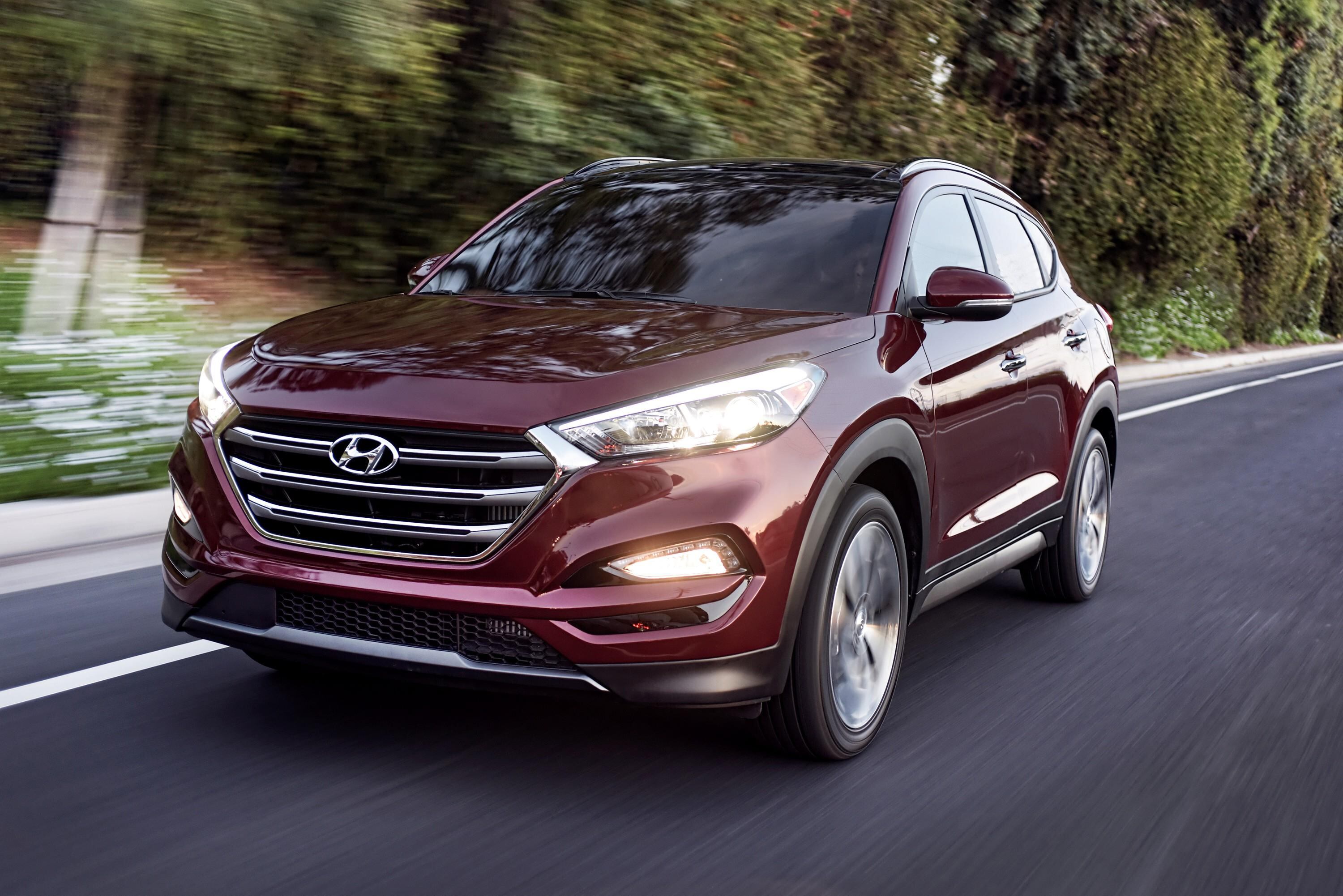
2016 Hyundai Tucson
Photo Credit: Morgan Segal
Tucson:Hyundai's entry in the fast-growing small SUV market gets longer, wider, sleeker and more efficient. The automaker added 3 inches to the Tucson's length and just over an inch in width. That added passenger room and more than 5 cubic feet to the cargo area. Suspension was bolstered to improve handling without hurting ride quality, Hyundai says. The old version's 2.4-liter four-cylinder engine is gone. The base model has a 2-liter, 164-horsepower four, while upper-level models get a 1.6-liter turbocharged four with 175 horsepower. The turbo engine gets a seven-speed automatic dual-clutch transmission. An Eco version is expected to get 33 mpg highway, while Sport and Limited front-wheel drive versions get an estimated 30. That's 3 mpg more than the outgoing model. The vehicle is already on sale and starts at $22,700.
NISSAN
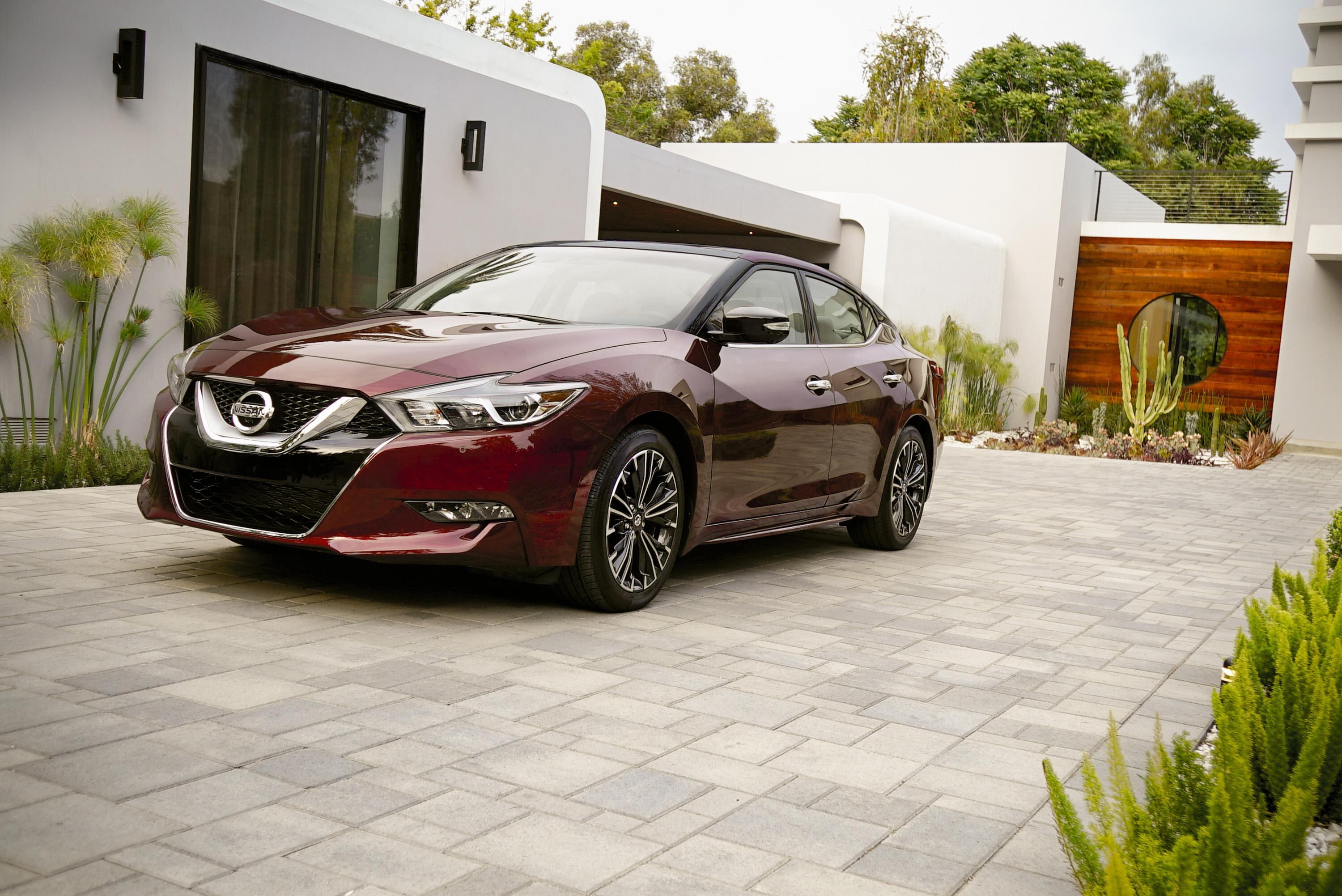
2016 Nissan Maxima
Photo Credit: Nissan
Maxima:Nissan brings some life to the flagging full-size sedan segment with the new Maxima. It has a bold, chiseled surface, the "V"-shaped grille found on other new Nissans like the Rogue SUV and a roof that looks like it's floating above the car thanks to blacked-out pillars. Under the hood is an updated version of the 300-horsepower, 3.5-liter V6 engine from the outgoing Maxima. It's mated to a new continuously variable transmission. Those revisions helped increase the Maxima's highway fuel economy to 30 mpg; city fuel economy is 22 mpg. New safety options include a driver attention alert system, which warns drivers if changes in steering indicate they might not be paying attention. The Maxima went on sale in early June at a starting price of $32,410.
Titan: Nissan hopes to shake things up in the full-size truck market with the new Titan. Among its engine offerings will be a Cummins 5.0-liter V8 turbo diesel. The engine gives the truck maximum towing capacity of more than 12,000 pounds and maximum payload of 2,000 pounds — near the top of the segment — but with what Nissan says will be 20 percent better fuel economy than a gas-powered V8. Gas-powered V6 and V8 engines will also be available. Nissan will release pricing and other details closer to launch later this year.
TOYOTA
Land Cruiser: Toyota's eight-passenger SUV gets a significant refresh. There's a new hexagonal grille, narrower LED headlights and a bulging hood atop the 381-horsepower V8 engine. There's also a new eight-speed transmission to enhance fuel efficiency; the Land Cruiser gets 15 mpg in city/highway driving. New safety features include blind-spot detection and a front collision warning system. Everything is standard; the only thing buyers choose is the color. Pricing will be released this fall, but the previous model started at $80,155.
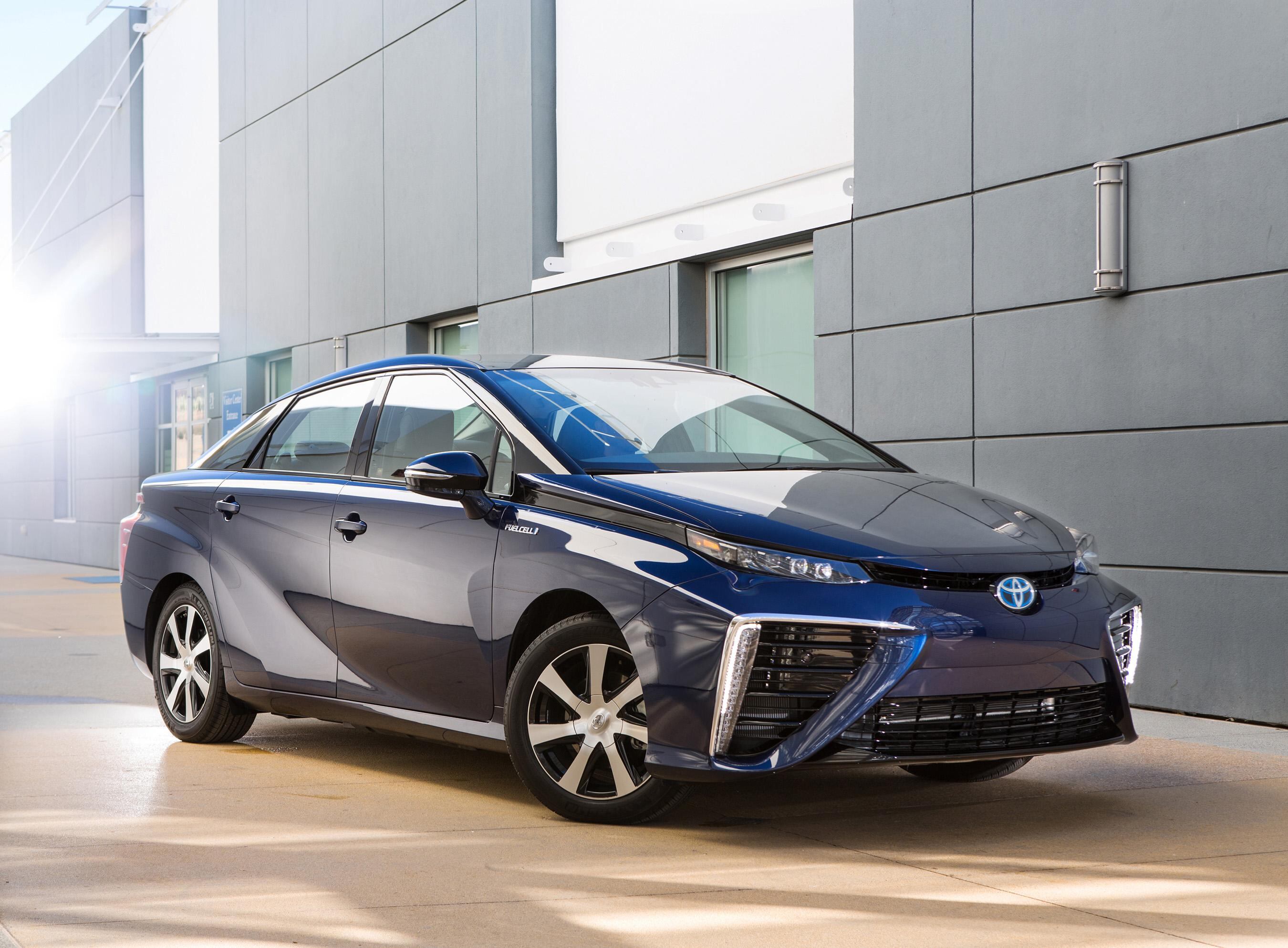
2016 Toyota Mirai
Photo Credit: David Dewhurst Photography
Mirai:In Japanese, "mirai" means future, a fitting name for one of the world's first mass-produced hydrogen fuel cell vehicles. The Mirai has an electric battery powered by hydrogen, and it emits nothing but water vapor from its tailpipe. It can go 312 miles between fill-ups and gets the equivalent of 67 miles per gallon. Like the gas-electric hybrid Prius, which it resembles, the Mirai is meant to be instantly recognizable as something different. Its pointy hood sits above huge, triangular air intakes, and the sides are swept back and deeply grooved. It could be tough to get your hands on one, since only a few hundred will be made in the first year. Only California buyers are eligible, and they must take delivery from one of eight authorized dealers in the Los Angeles or San Francisco areas. They must also live close to a hydrogen refueling station. The Mirai starts at $57,500 plus an $835 destination fee; that price includes free fuel and maintenance for three years.
Prius: The hybrid's fourth generation is due early next year, 15 years after it first went on sale here. The new Prius has sportier, more emotional styling, with a lower hood and a sharp side crease that morphs into the rear spoiler. LED headlights are now standard. A new suspension and a more rigid body will improve the Prius' ho-hum driving dynamics. Toyota says it expects fuel economy to be 10 percent better thanks to a smaller, lighter hybrid motor, an improved gas engine and batteries with higher energy density. The Prius currently gets 50 mpg in combined city/highway driving. The Prius will also be among the first to offer Toyota's new Safety Sense package. Pricing hasn't been released.
RAV4 Hybrid: A hybrid version of Toyota's RAV4 SUV goes on sale this fall. No details have been released.
Tacoma: With fresh competition from the Chevrolet Colorado, Toyota aims to hold on to its spot at the top of the midsize pickup market with the new Tacoma. It's the first full redesign for the Tacoma in 12 years. The frame and body have more high-strength steel, to make them lighter but more rigid and better for off-road driving. Toyota also gave the Tacoma a new chiseled face and hexagonal grille to better match its bigger sibling, the Tundra. The Tacoma has a 159-horsepower, 2.7-liter four-cylinder engine and an optional 3.5-liter V6 with 278 horsepower. Both are paired with a new six-speed transmission; six-speed and five-speed manuals are also available. The front-wheel drive version gets up to 21 mpg in combined city/highway driving; the four-wheel drive gets 21 mpg in combined city/highway driving. Five versions will be offered, including a top-of-the-line Limited and an off-road TRD with multi-terrain select and a built-in mount for a GoPro camera near the rear-view mirror. It will be built in Texas and Mexico, goes on sale this fall starting at $23,300.
— The Associated Press










